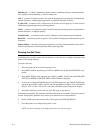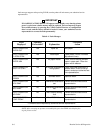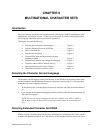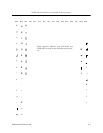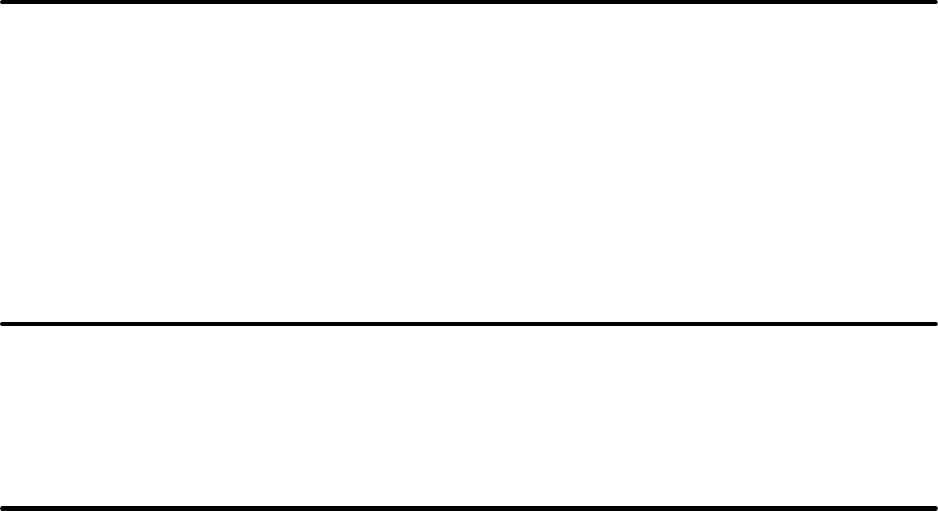
Multinational Character Sets
9–2
mode
and pitch at which the Extended Character Set is printed. The print mode and pitch can be dif
fer-
ent
for the Primary
and Extended Character Sets. However
, the Primary Set cannot be mixed with an
Extended Set within the same line if the Extended Set is printing at a different print mode than the
Primary Set.
When
ECMA–94 Latin 1 character set is selected from the control panel, the host can send the OSET
command
to select the extended
portion of the character set. More information on the OSET command
is
provided in
Character Set Select: ECMA–94 Latin 1 Extended,
located in the Programming chapter
.
OCR–A and OCR–B
OCR
print modes are selected from the Print Mode feature at the Print Format (Level I) of the
Configu
-
ration Diagram (Configuration chapter).
OCR
print modes do not contain complete character sets. A
vailable OCR–A standard characters are
dictated by American National Standard Institute (ANSI) #X3.17–1981, and OCR–A international
characters are in accordance with International Organization for Standardization (ISO) #646–1973.
Available
OCR–B standard and extended characters are dictated by ANSI #X3.49–1975. Undefined
OCR
characters are replaced with spaces. When an international language substitution is
selected for a
non–existent character, no substitution will occur.
Downloading Languages
Downloading
a Language (ESC V) allows you to define and
download a character substitution table
for the 224 printable symbol code points. Refer to page 6–31 in the Programming chapter. You can
invoke a custom language set with ESC RX. Refer to page 6–19 in the Programming chapter.
Character Set Charts and International Language Substitution Tables
The
character set charts in Appendix B provide the hexadecimal character address for each character
set
and international language. For example, if the IBM PC Character Set and U.S. ASCII Language is
selected,
0023 hex selects
the Number Sign (#). If IBM PC–English language is selected, hex 0023 on
the
IBM–PC International Language Substitution T
able will substitute the English
Pound symbol for
the Number Sign.
The
International Language Substitution tables identify only specific character substitutions available
in
the selected language. Hex addresses not shown on the substitution tables use the character in the
hex
address shown on the standard character set chart.
The
complete Character Address T
able (Character Library) is shown on page 9–4. The Character Li
-
brary identifies each character’s location in printer memory by its Printronix standard hexadecimal
address
value (see the Numeric Character Listing starting on page 9–6or the Alphabetical Character
Listing
starting on page 9–14). Use the Character Address T
able when you are
defining a download
language.
If you want to print a Lowercase Beta at hex 41 instead of the Uppercase A, you would find
the Lowercase Beta at location hex E1 in printer memory.
NOTE:
The character examples pr
ovided in Appendix B ar
e r
epr
esentative examples and
not
exact r
eplications generated by the printer
.
Most symbols ar
e shown in 10 cpi. Not all
characters
ar
e available in all print modes.







